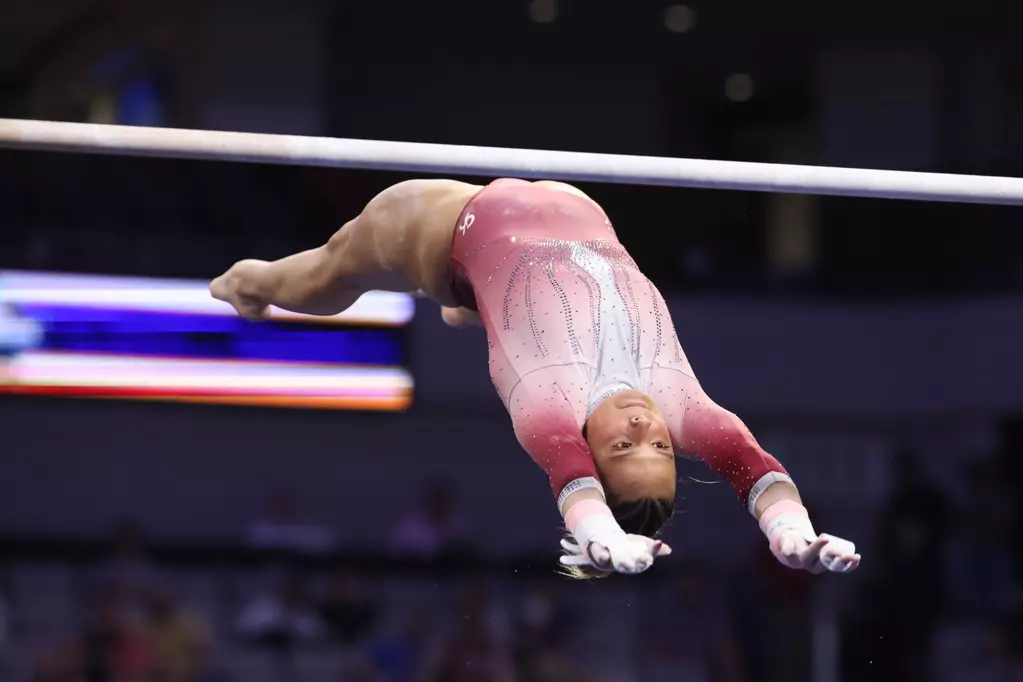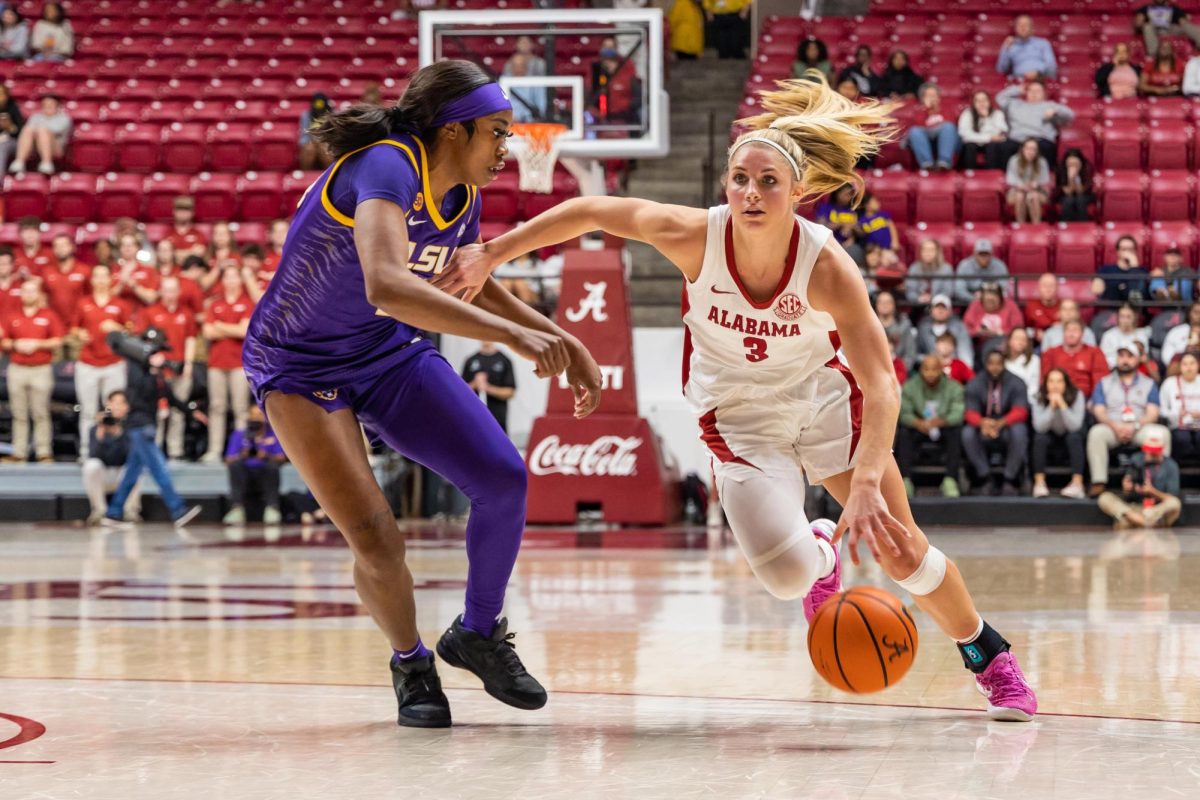Bryant-Denny Stadium may be known as the home of the repeating national champions and the stomping grounds of future hall-of-famers and NFL stars, but the grass isn’t always greener for the Crimson Tide.
Aside from 300-pound linemen stomping across the field on Saturdays, the expansion to the South End Zone in 2010 has become the biggest menace to the turf.
When the 9,683 additional seats were added, the stadium became completely enclosed. While the additional seating is great for fans, the increased shade proves problematic for the grass inside the stadium.
Scott Urbantke, director of athletic grounds and outdoor facilities, and his crews work year-round to help keep the field healthy. That includes working tirelessly in between home games.
“[In between games] it takes approximately 160 man hours to paint, perhaps another 120 hours for mowing, fertilizer, repairs and general repairs,” Urbantke said.
The 2010 expansion has only furthered this workload. Because of the loss of sunlight and circulation from the new seating, sod has been brought in to help maintain the field.
At the end of each June, big rolls of 419 Bermuda turf are brought in from Bent Oak Farms, a sod provider from Foley, Ala. Bent Oak, which specializes in athletic fields, has also supplied the turf for the Atlanta Braves and past Super bowls.
The process, which costs $300,000, has proven to be very effective in keeping the field healthy and ready for the fall.
However, providing new sod hasn’t solved all the problems the field faces. While there is no way to recreate sunlight, Urbantke has found success in creating circulation around the field. In 2010, four Turfbreeze fans were brought onto the field to help provide additional airflow to the grass.
“The Turfbreeze fans have created a more favorable environment by creating air movement over the grass canopy. This improves the transpiration rate of the grass, which drives the growth cycle within the plant. I can see and feel the difference in the growth and recovery of the grass. The grass blade has a more upright, more turgid, look,” Urbantke said.
All this extra time and maintenance may seem unnecessary in an age where artificial turf has become very popular, but it is actually cheaper to maintain the real version rather than the fake. Artificial turf is more expensive to install, groom and maintain than the living version and often has to be replaced sooner than the 10-year lifespan that most are promised to have.
More importantly, most players believe that it is safer to play on real turf than artificial.
“Players usually feel that the surface is more forgiving, cooler and less likely to cause injury. A player who plants a foot to make a cut is in danger of injury if he is hit at that time,” Urbantke said. “With natural grass, the hope is that the grass tears [divots] at the interface of the shoe and the grass surface rather than resulting in some type of ankle or knee injury.”
While improvements have been made in newer generations of artificial grass and to athletic shoes and cleats, the staff at the University wants to provide the safest field for the Crimson Tide to continue winning each season.








